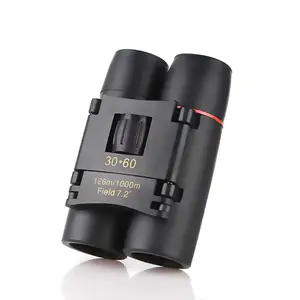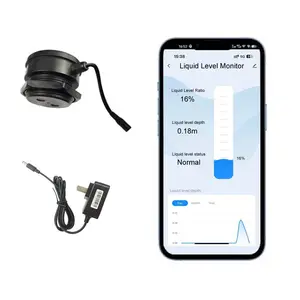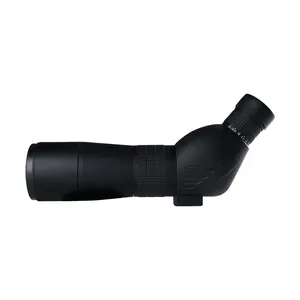आपके उद्योग में लोकप्रिय







































































































































































































तरंग सेंसर के बारे में
विभिन्न परीक्षण आवश्यकताओं के लिए डिज़ाइन किए गए थोक तरंग सेंसर का अन्वेषण करें। उपलब्ध तर्क विश्लेषक की विस्तृत श्रृंखला उन कंपनियों और व्यक्तियों दोनों के लिए उपयोगी होगी जो डिजिटल इलेक्ट्रॉनिक्स के साथ-साथ डिजिटल सर्किट और सिस्टम के साथ नियमित रूप से काम करते हैं। इस तरह के गुणवत्ता परीक्षण उपकरण प्राप्त करने से डिजिटल डिजाइनों के लिए सत्यापन और डिबगिंग प्रक्रिया को और अधिक कुशल बनाने में मदद मिलेगी। सिस्टम या डिजिटल सर्किट से कई सिग्नलों को कैप्चर और प्रदर्शित करके, सिस्टम पर काम करने वाला इंजीनियर आसानी से आने वाली समस्याओं का निवारण कर सकता है।
प्रमुख ब्रांडों के कई इलेक्ट्रिक टेस्टर पेन हैं जो बहुत पोर्टेबल हैं और व्यक्तिगत या घरेलू उपयोग के लिए भी उपयुक्त है। सुरक्षित विद्युत कार्य सुनिश्चित करने के लिए बिजली के आउटलेट पर किसी भी प्रकार का काम शुरू करने से पहले विद्युत शक्ति की जांच करने के लिए ये पेन महत्वपूर्ण उपकरण हैं। पेन वोल्टेज टेस्टर जैसे आइटम छोटे और आसान होते हैं, और एक होने से विद्युत प्रणालियों के साथ काम करते समय सुरक्षा में मदद मिलेगी। तरजीही थोक दरों पर वोल्टेज डिटेक्टरों की एक विस्तृत श्रृंखला उपलब्ध है।
हम कई लोकप्रिय और प्रमुख ब्रांडों से तरंग सेंसर ऑफ़र करते हैं। amp क्लैंप मीटर जैसे उपकरण त्वरित और प्रभावी वर्तमान माप के लिए उपयुक्त हैं। इसका उपयोग संपर्क रहित माप के लिए किया जा सकता है और यह एसी और डीसी माप के लिए एक सरल और प्रभावी उपकरण है। फाइबर ऑप्टिक केबलों का परीक्षण करने के लिए टूल जैसे अधिक विशिष्ट उत्पादों के लिए, हम ऑप्टिकल टाइम-डोमेन रिफ्लेक्टरोमीटर प्रदान करते हैं, जिन्हें ओटीडीआर भी कहा जाता है, जिनका उपयोग फाइबर केबल्स की अखंडता का परीक्षण करने के लिए किया जाता है। ऐसे उपकरणों के साथ, इंजीनियर ऑप्टिकल दूरसंचार नेटवर्क के उचित रखरखाव पर कुशलतापूर्वक समस्या निवारण और काम कर सकते हैं।






















